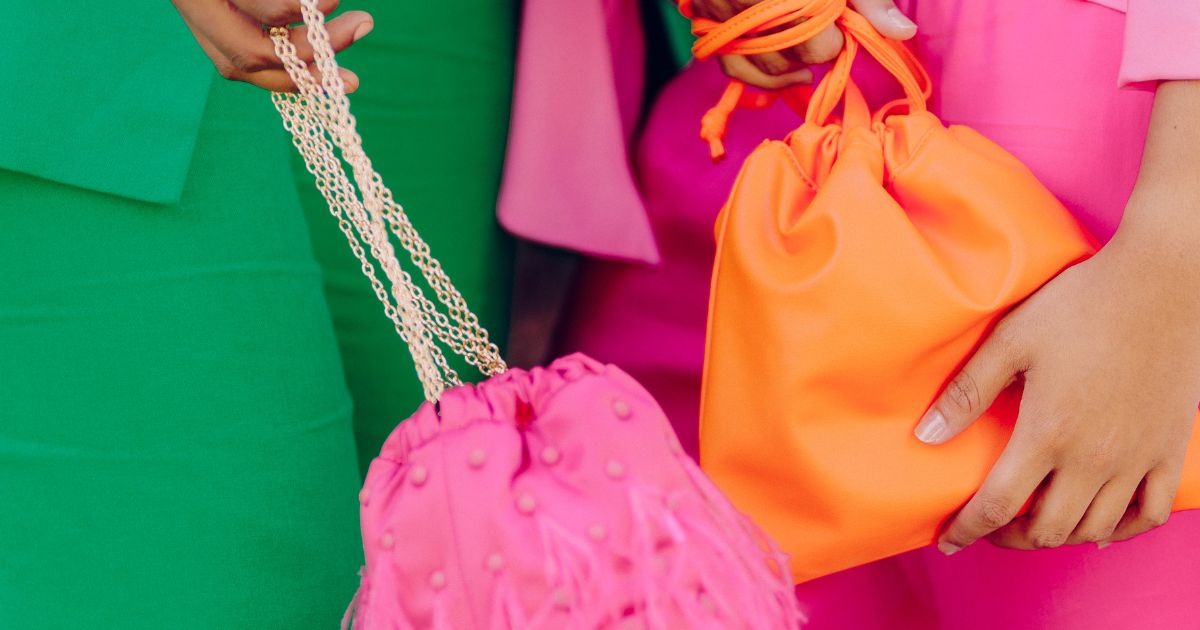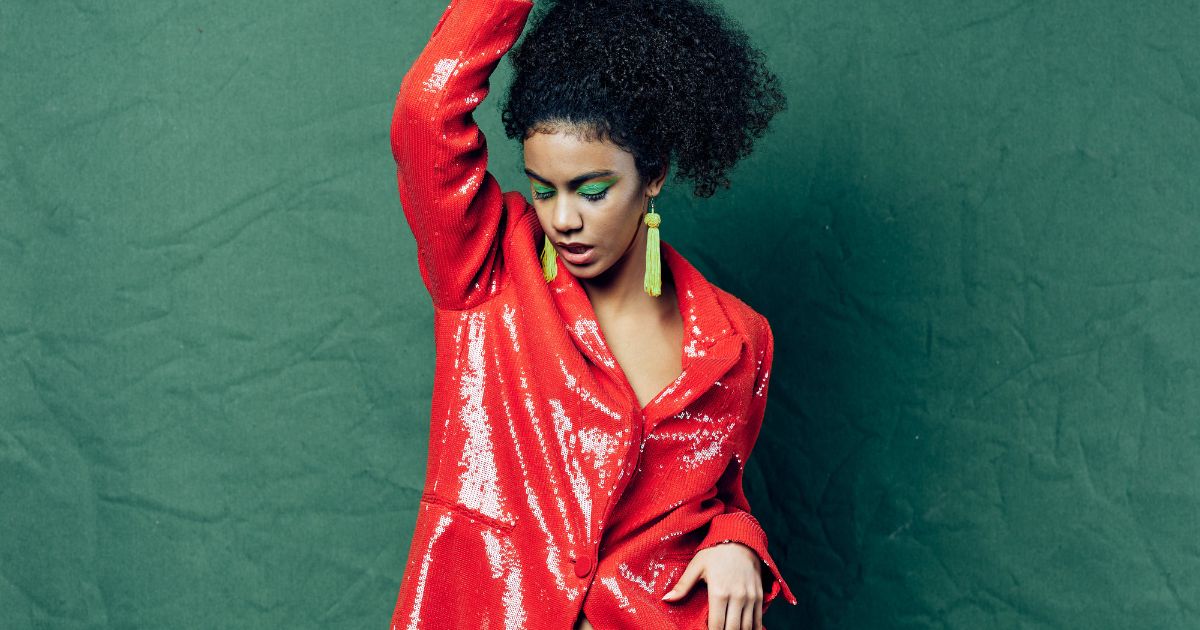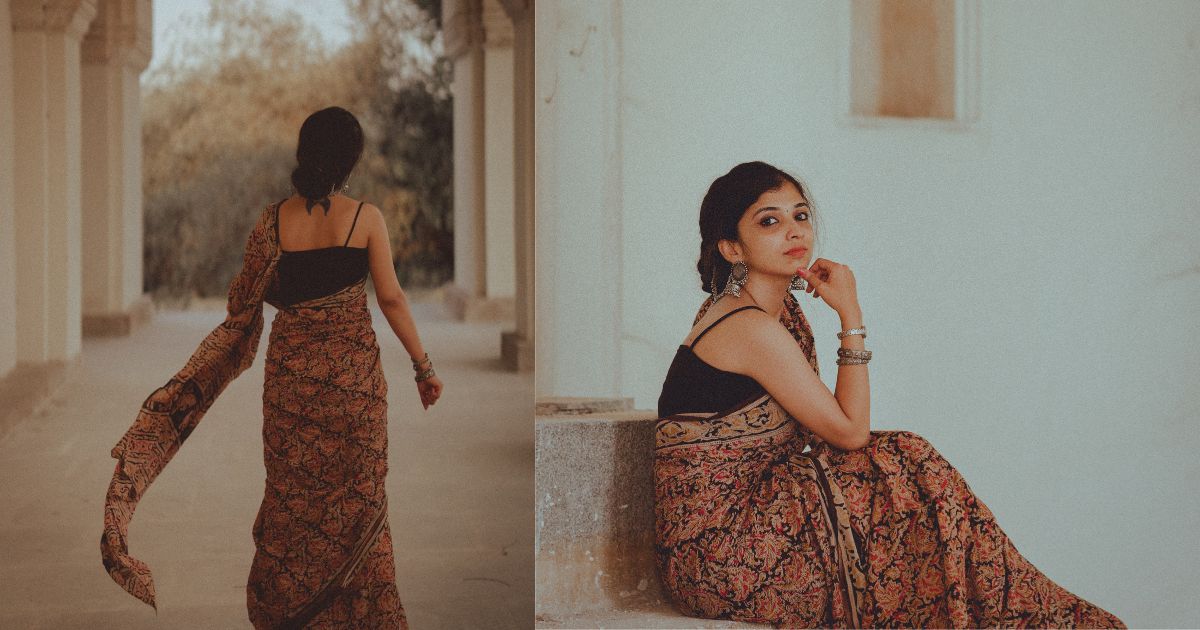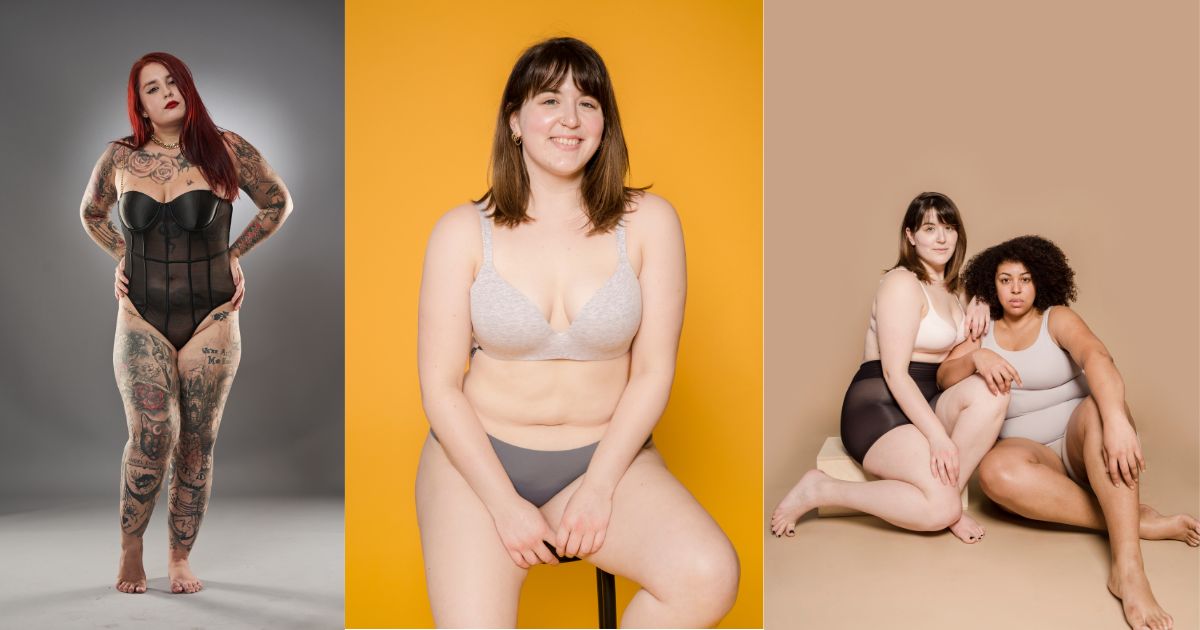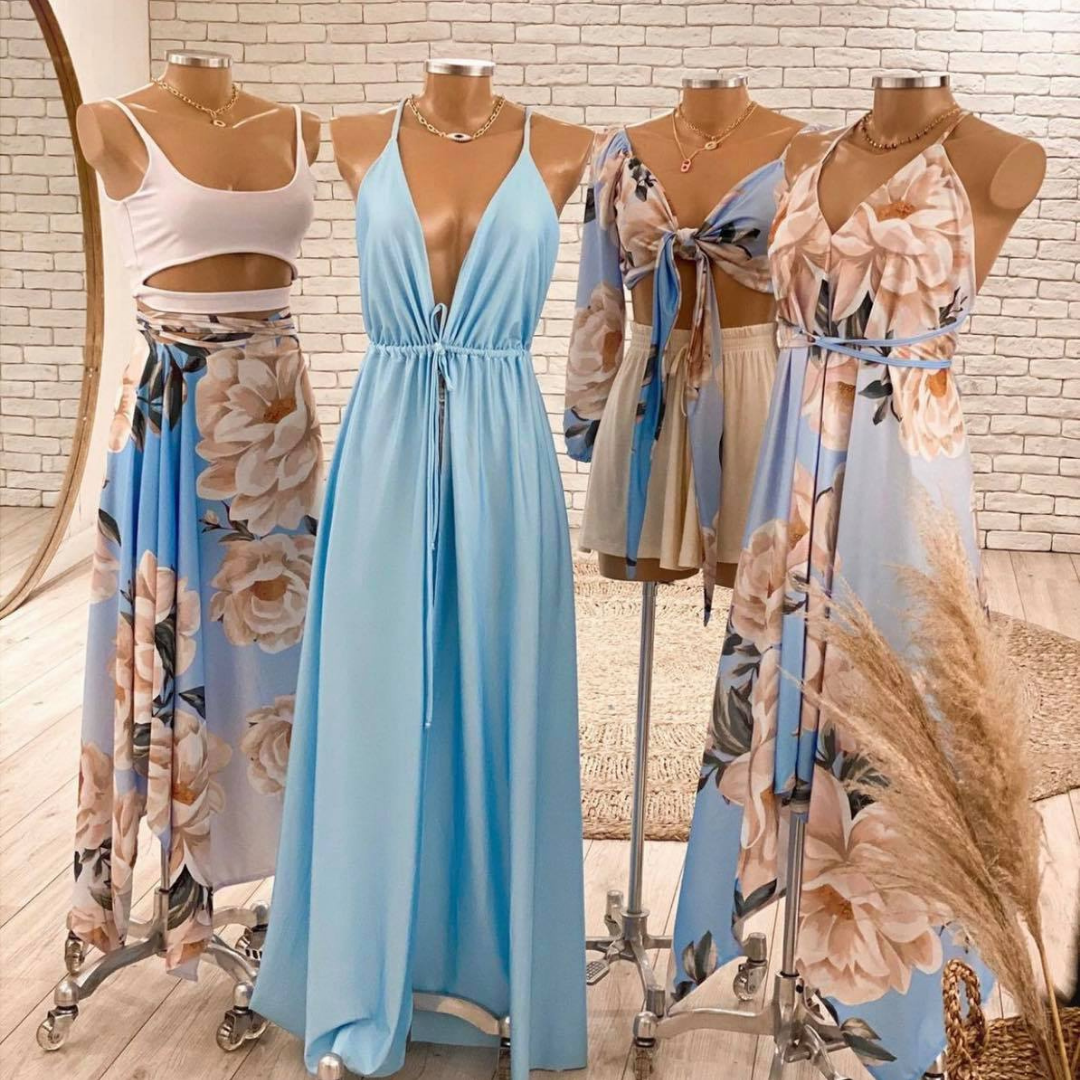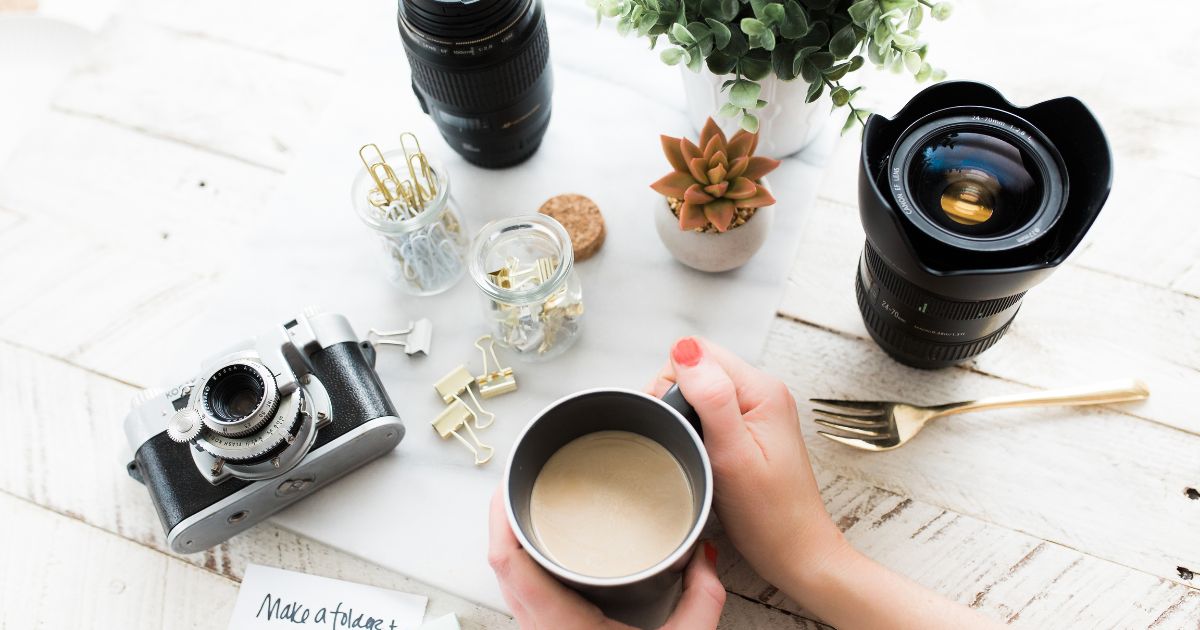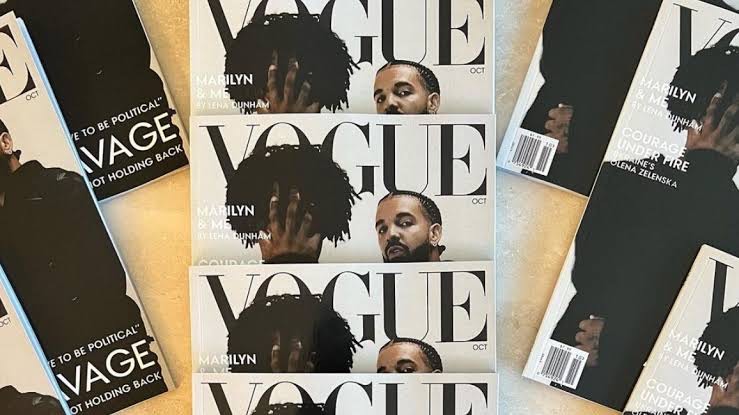Fashion week is to industry professionals and fashion enthusiasts what World Cup is to football fans all over. One quick scroll on Instagram and you can understand the frenzy and the massive work that goes into a fashion week season after season. Fashion weeks generate press around collections by different designers throughout the year and reach consumers through various channels.
The late designer Karl Lagerfeld took things up a notch by making some of the most immersive and transformative experiences throughout his tenure at Chanel. Kaiser Karl managed to transform the Grand Palais in Paris into a supermarket to present his autumn/winter collection in 2014. Among his other larger-than-life executions include a giant carousel, a 265-tonne real iceberg from Scandinavia, the concept of Chanel airlines, and the Fendi show which cost over 10 million dollars and took over the Great Wall of China.1 In recent times, one such show that caught the attention of anybody with access to social media was the Coperni show in Paris where a white dress was sprayed live onto the body of famous model Bella Hadid. As per WWD, the media impact value of the event was estimated to be 26 million dollars out of which 80% was attributed to social media.2
Though successful at generating publicity, events like these have also been criticized for being “merely theatrical gimmicks” rather than “artistic”.
However, things seem to have changed when the pandemic first hit, and physical fashion shows seemed like a distant dream. Designers and brands were left with no choice but to adapt to the times and find newer ways to reach their audience. Brands turned to streaming shows without an audience, photos, or sending curated innovative boxes. This time also gave insiders time to reckon and conversations around sustainability and changing the system grew louder. New York-based designer, Dries van Noten asked industry members to reconsider the concept of seasonality. One major blessing that hadn’t been harbored to its power was that of digitalization and the impact it makes in terms of sustainability, reach, and cost-effectiveness. Luxury brands like Gucci dabbled in the virtual world by partnering with Roblox to create immersive experiences for their customers.
While acknowledging the boon that social media and digitalization have been, the effect it has had on human jobs is less clear-cut. Fashion weeks generate a lot of jobs such as street style photographers, set designers, businesses for local hotels, and so on. Since the digitalization era is only in its nascent stage, the future of these jobs and businesses stays unclear but very much relevant in today’s times. The brands that have really come out of the pandemic choosing to revolutionize the concept are: Balmain coming up with models on a boat along the river Seine making it refreshing and democratic, Jacquemus creating a show in wheat/lavender fields and Demna Gvaslia creating a red carpet and the Simpsons theatrical experience for his guests. These designers have managed to create one-of-a-kind immersive and unforgettable experiences for their audiences.
As with the recent shows and the Coperni experience, it’s evident that brands still heavily rely on the traditional ways of doing fashion weeks though there will be changes such smaller number of guests and newer locations as with the latest Chanel show in Senegal.4 However, it can be said that smaller upcoming younger designers might break away from tradition and turn to digital means connecting with their consumers directly through social media and not seeking validation from older institutions. The major brands will continue with the format of grand shows. What remains relevant and most important is that fashion weeks are an integral part of the cycle and will continue to create fantasy and sell dreams like they always have.
Much like fashion weeks, the modelling space is an ever-growing and integral part of the fashion industry. Models became a cultural phenomenon in the 90s rising to the cult status of supermodels and gaining credibility as celebrities in pop culture. Franca Sozzani, the powerful Italian Vogue editor once said that “Fashion is a mirror of our society, of our zeitgeist”, this remark can be used to explain the developments that have taken place in the modelling industry in recent years, such as conversations around inclusivity, racism, sustainability and so on.
The fashion industry is no stranger to the open courts on social media and has been called out several times for its lack of diversity. As a result of public backlash, brands and agencies have paid attention to the same and made changes in their functioning and job opportunities. Versace made waves by championing the body positivity movement at its Spring/Summer 2021 show. The Black Lives Movement threw light on the pay gap and lack of job opportunities available to people of color as well as the adversities faced by them in an industry that has always preferred Euro-centric features and beauty. American supermodel, Emily Ratajkowski published an article in The Cut talking about the toxic workplace culture that exists in the fashion industry and talked about the harassment she faced as a young model in the industry. Conversations like these have grown louder in the past few years and the need for agencies to protect their models from predatory behavior that once was not even acknowledged. It is heartening to see more diversity in the modelling industry, such as the 48-year-old model Amber Valletta walking nearly every runway from Versace to Off-White.3
The modelling industry was one of the worst-hit industries during Covid due to the restrictions on travel, confinement rules, and other technical problems. Aicha McKenzie, the founder of AMCK Models, a small modelling agency in New York stated “The rug truly got ripped from underneath us,” talking about the hardships faced by smaller agencies during the pandemic.5 The rules around quarantine also led to the growth of AI models that are easier to work with in terms of a smaller crew, they can be available at several places at the same time, the reduction in carbon footprint due to the lack of travel required, and so on.
Miquela Sousa, an AI model with an impactful Instagram presence of over 2 million followers, wears clothes by brands like Chanel and Supreme, lives in Los Angeles has walked the Milan Fashion Week for Prada, and has the Black Lives Matter hashtag on her bio is very much a reflection of what is to come in the next few years or what already has.
Then there is black digital model Shudu Gram,” who hopes to champion diversity and work with creators from minorities and upcoming designers”. The model Sinead Bovell published an article in Vogue talking about the significance of digital models stating that,” Perhaps the most compelling reason that digital models may become the standard is that they are the ultimate symbol of individuality and inclusivity”. It is to be noted that agencies and brands now expect their models to have a social media presence as well as showcase different facets of their personalities rather than just photogenic faces to connect better with the audience.7
Given the myriad of recent developments that have taken place in the modelling industry, it will be interesting to see which ones sustain and how agencies and brands adapt to digitalization as well as inclusivity, representation, and safety.








